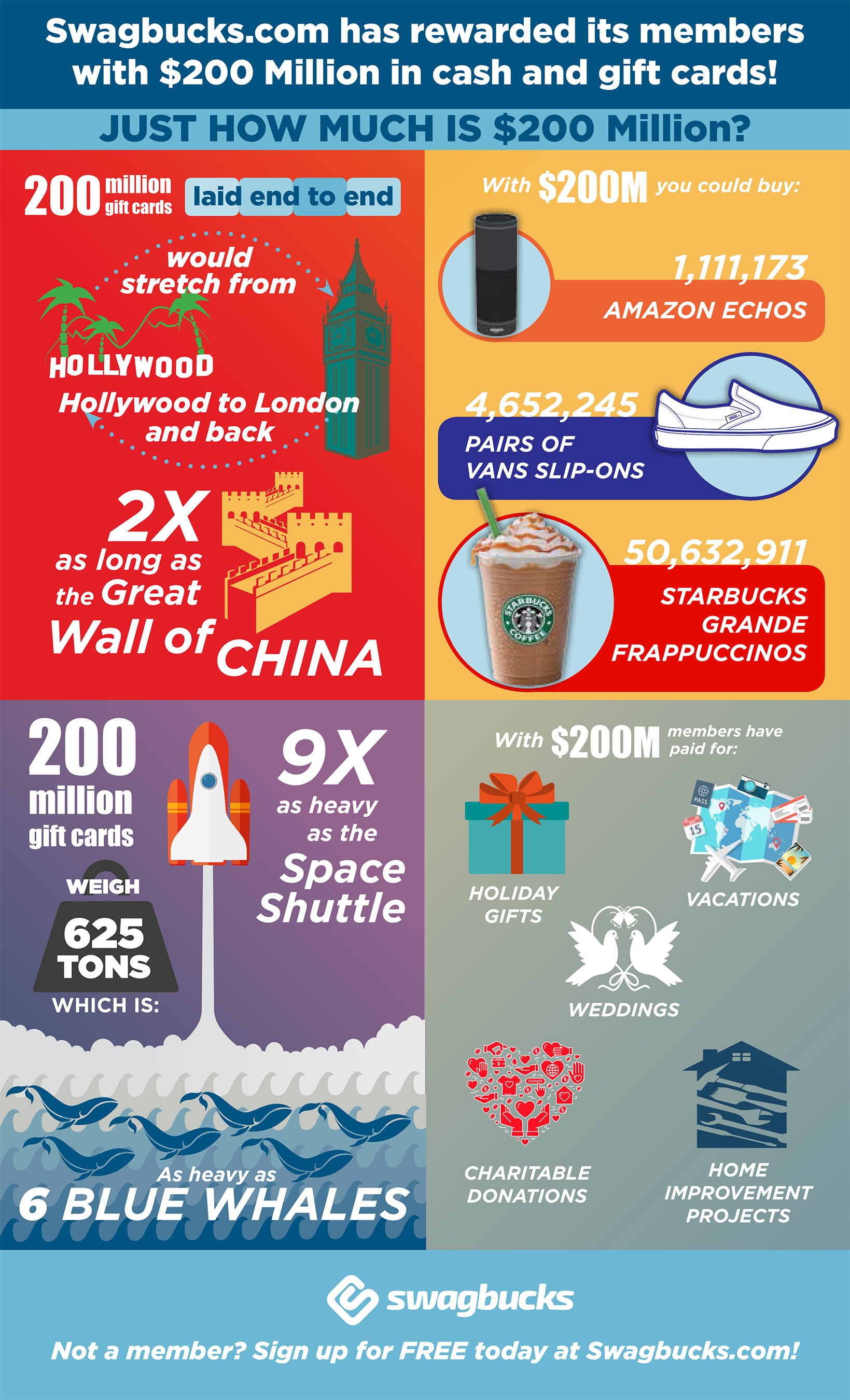Providing gifts to your customers and clients can have a significant impact on their perception of your company. It can reassure them that they are valued and promote repeat business. It can also help you soar above the digital noise and connect with your audience on a more emotional level.
Cost-effectiveness
Corporate gifting is a powerful tool for building connections and increasing loyalty. It also helps companies differentiate themselves from competitors by establishing brand perception and strengthening professional relationships. However, it can be a challenge to balance cost and quality.
The best way to ensure that your corporate gifts are cost-effective is to understand your recipients’ interests, needs, and preferences. This will help you choose the right gift and avoid overspending. Some factors to consider include the recipient’s taste, lifestyle, and existing decor. It is also important to consider your budget and industry norms when choosing a gift.
Streamlining production processes, leveraging strategic sourcing, and fostering innovation are some of the key strategies for creating cost-effective, high-value corporate gifts. With these tips, you can be sure to leave a lasting impression with your clients and customers while maximizing ROI on your gifting investments. Glass art pieces are a great option for business gifting because of their elegance and versatility.
Personalized touch
Corporate gifting is a great way to show appreciation to clients and employees. The practice can also help build a positive image for your company, increase sales, and encourage your customers to become brand evangelists. The physical interaction with a thoughtful gift causes the “endowment effect,” in which the recipient perceives the value of the object they receive much higher than its actual cost.
Glass art sculptures are a beautiful choice for corporate gifting because they provide a balance between professionalism and personalization. These pieces can unique 40th birthday gifts for him be customized with engraved logos, names, or other unique designs that reflect the individual personality of the recipient.
In addition to promoting your brand, custom glass art gifts can be an effective tool for increasing phone connect rates and conversions to meetings with prospects. Companies like Alleyoop have seen these results when sending a small gift to clients and prospects before a discovery call. These touchpoints can have a profound impact on a company’s ROI.
Convenience
Corporate gifting is an important strategy for companies that want to strengthen connections, boost customer loyalty, and foster a healthy workplace culture. However, measuring the tangible and intangible returns of these efforts can be challenging. It requires innovative approaches to capture the value of improved relationships and brand perception, as well as a clear understanding of the costs of gifting programs.
Personalized gifts are particularly impactful, and they can increase the perceived value of your company’s investment. They can also help you stand out from the crowd and differentiate your brand from competitors. Fused glass sculptures are an ideal choice for this purpose, as each piece is meticulously crafted and no two pieces are the same.
To determine the ROI of a corporate gifting program, you can use surveys and data from CRM systems to identify its performance. You can then compare these results to your original business goals and KPIs. This data will help you improve your swag strategy and maximize its impact.
Sustainability
Gifting to customers, prospects, and employees is a common practice that can help boost brand recognition and sales. It can also improve customer and employee loyalty. However, a thoughtful customized gift must be carefully selected to maximize its impact. For instance, the gift should align with the recipient’s demographic and interests. It should also match the company’s image and values.
Using sustainable metrics is important for quantifying internal sustainability performance and applying Lean manufacturing or Six Sigma concepts to create efficiency improvements. Sustainability metrics include input-output analysis, carbon accounting, and environmental indicators. They can also measure economic performance and other issues that may be relevant to the business.
Using sustainability metrics in combination with benchmarking and auditing can be more effective than simply presenting the results as one number or table of data. Additionally, it is essential to communicate the changes to all departments. Lastly, adapted processes should be formally tested to ensure that they are performed consistently.
